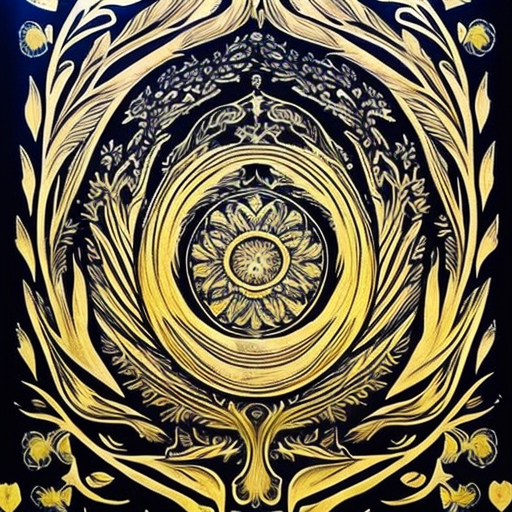Summary: Woodcut is a printmaking technique that involves carving an image onto a wooden block, inking the block, and then transferring the image onto paper or another surface. It originated in China during the Tang Dynasty and spread to Europe in the 14th century. Woodcut has been used to create illustrations, bookplates, and fine art prints throughout history, and it continues to be a popular technique among contemporary artists.
History of Woodcut
Woodcut has a long history that dates back to ancient China. The technique was first developed during the Tang Dynasty (618-907 AD), where it was used to create illustrations for books and religious texts. The art form then spread to Japan, where it became known as “moku-hanga.”
In Europe, woodcut gained popularity in the 14th century. It was initially used to create playing cards and religious images. However, with the invention of the printing press in the 15th century, woodcut became an essential technique for producing illustrations and bookplates. Artists such as Albrecht Dürer and Hans Holbein the Younger used woodcut to create intricate and detailed prints.
Technique and Process
Woodcut involves carving an image onto a wooden block, usually made of a softwood like cherry or lime. The artist uses various carving tools, such as gouges and knives, to remove the areas that will not be inked. The remaining raised areas of the block will hold the ink and transfer the image onto the paper.
Once the block is carved, the artist applies ink to the raised surface using a roller or brush. The inked block is then pressed onto paper or another surface, either by hand or with a printing press. The pressure transfers the inked image onto the paper, creating a mirror image of the carved block.
Uses of Woodcut
Woodcut has been used for various purposes throughout history. In the early days, it was primarily used for religious and educational purposes, such as illustrating books and religious texts. Woodcut illustrations were also used in playing cards and maps.
During the Renaissance, woodcut became a popular technique for creating fine art prints. Artists used woodcut to depict scenes from mythology, history, and everyday life. The technique allowed for intricate details and bold contrasts, making it well-suited for creating expressive and dramatic images.
In the modern era, woodcut has continued to be used by artists as a means of self-expression. Many contemporary artists appreciate the tactile nature of woodcut and the unique qualities it brings to their work. Woodcut prints are often characterized by their bold lines, rich textures, and distinctive aesthetic.
Conclusion
Woodcut is a printmaking technique with a rich history that spans centuries and continents. From its origins in ancient China to its widespread use in Europe and beyond, woodcut has been a versatile and enduring art form. Whether used for illustrations, bookplates, or fine art prints, woodcut continues to captivate artists and viewers alike with its expressive qualities and unique aesthetic.












